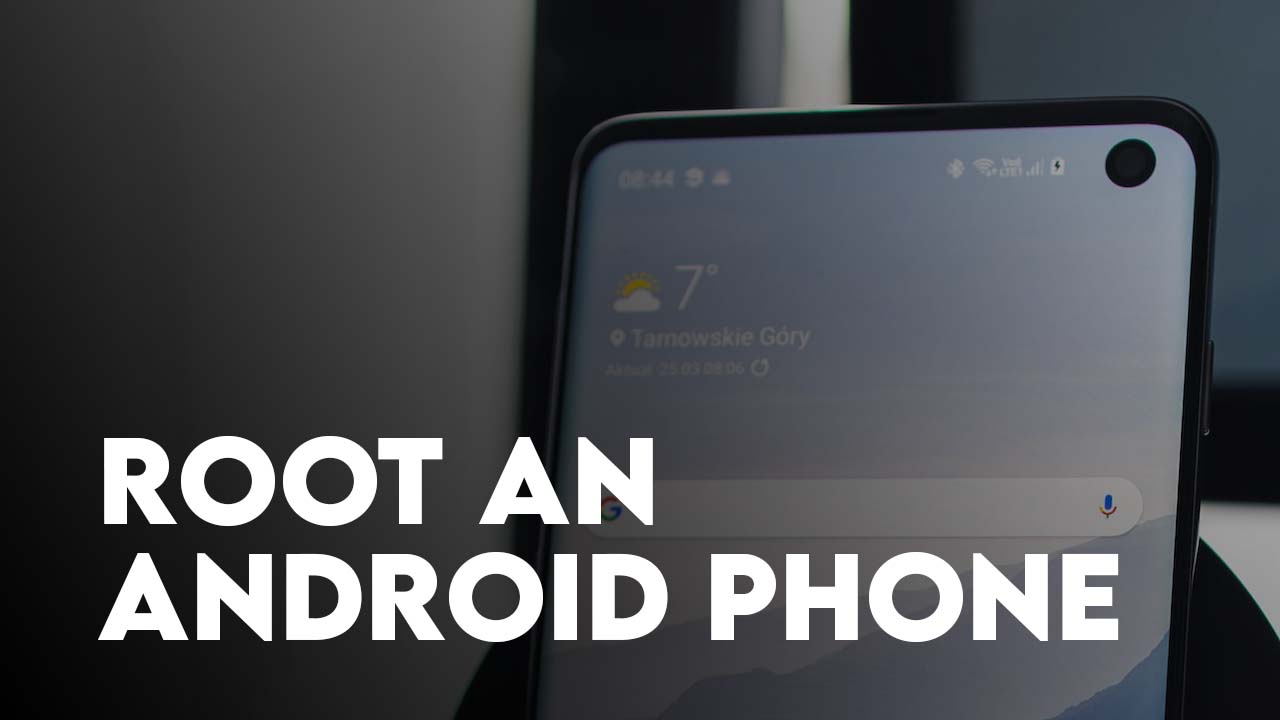Rooting an Android phone would allow users to gain access to and modify system files which will add a wide range of useful and interesting features. Even though Android is known for its customizing features however unless you do not root, you will not have access to everything. Various techniques and methods are available for rooting different brands of Android phones such as Samsung, Huawei, Xiaomi, and LG smartphones.
What is Root?
In an Android phone, root means having access to the highest level of your android operating system. Rooting an Android phone will certainly add a wide range of useful and interesting features However it comes with certain risks. Rooting an Android phone covers the risk of damaging or avoiding the warranty of the phone. If you are 100% sure and agree with the risks, go ahead and root your Android phone using the following method.
What are the Advantages of Rooting an Android Phone?
- You can gain access to and modify system files.
- Rooting an Android Phone unlocks a wide range of additional features and capabilities.
- Rooting is useful for installing specialized software such as Xposed Installer and custom ROMs.
- You can customize the appearance and behavior of the phone, install custom ROMs, and remove bloatware.
- Rooting an Android Phone gives more control over the Phone’s hardware such as overclocking the CPU and adjusting other settings.
- Overall, rooting an Android phone can significantly increase its capabilities and allow the user to get the most out of the device.
What are the Disadvantages of Rooting an Android Phone?
Overall, rooting an Android phone is a safe process that will not cause any harm to the device as long as it is done in normal mode. Rooting means changing a setting that allows the user to access system files, and this is not harmful. However, be careful when installing apps on a rooted phone because you may install a malicious app that can cause problems with the phone’s ROM. To minimize the risk of installing malware, it is recommended to only download apps from reputable sources.
Root an Android Phone using KINGROOT:
Kingroot is a popular too that that is available for both Android and Windows platforms. With Kingroot you can root android versions 2.2, 2.3, 4, 4.3, 4.4, 5, and 5.1. To use Kingroot on an Android phone, the device must be running Android version 4 or higher. If you want to root a phone with an older Android version, you will need to use the computer version of Kingroot. The process of rooting a phone with Kingroot is simple and can be done with just a few clicks, either through the mobile app or through the computer program.
Note: Some users have tested Kingroot in 7,8,10, and 11, it has worked successfully.
Steps to Root An Android Phone using Kingroot
- Ensure that USB debugging is enabled on the phone.
- Connect the phone to the computer using a USB cable and install the necessary drivers.
- Following that, run the Kingroot app on your Windows machine.
- Let the Kingroot recognize the model and brand of the phone, after that it will allow you to root the phone with a single click.
- After rooting the phone, you can use the built-in Root Checker tool to verify that the root process was successful.
Watch its video on YouTube:
https://youtu.be/pOJ3jDhmJmYConclusion:
There are other apps (Root Genius, One click root, TWRP, CF auto root, Simply Unroot, etc) available that you can use to root an Android Phone. All of these apps are working on Samsung, Xiaomi, LG, Huawei, One Plus, etc brands. Just make sure if one app is not working, try using the other one.


Leave a Reply